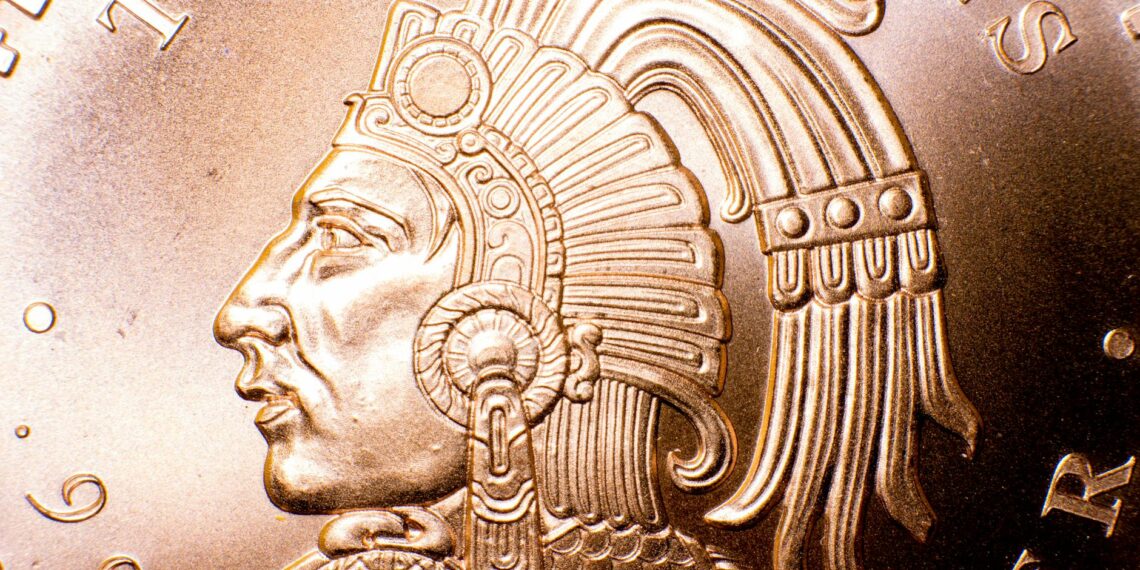Several factors contribute to a coin’s value, and understanding them is key to assessing whether a coin in your possession holds significant worth beyond its face value.
- Rarity: Coins minted in limited quantities, those with low mintage numbers, or coins with historical significance are typically rarer and more valuable. Low production runs due to historical events, like the Panic of 1893 affecting Morgan dollar mintage, can create extremely rare and valuable coins.
- Condition (Grade): A coin’s condition is paramount. Coins are graded on a standardized scale (commonly the Sheldon Scale from 1 to 70), with higher grades indicating better preservation and minimal wear. An uncirculated coin, for example, will generally be worth significantly more than a heavily circulated one of the same type. Professional grading services like PCGS (Professional Coin Grading Service) or NGC (Numismatic Guaranty Corporation) offer expert assessments and assign a grade, which can considerably impact a coin’s market value.
- Demand: The number of collectors interested in a particular coin impacts its value. High demand, often driven by historical significance, unique features, or aesthetic appeal, can drive up prices.
- Errors: Coins with minting errors, such as double dies, off-center strikes, or missing elements, are often unique and highly sought after by collectors, making them more valuable. The 1969 Double Die Penny, for instance, saw a value jump due to this error.
- Identify the Coin: Determine the coin’s type, year of minting, and any mint marks (letters indicating the minting location). You can use resources like online databases (e.g., NGC Coin Explorer, PCGS CoinFacts) or coin catalogs to identify your coin.
- Assess the Condition: Examine the coin closely for wear, scratches, and damage. Consider using a magnifying glass to inspect details and compare your coin’s condition to grading guides or images online.
- Research the Coin: Once identified, research the coin’s mintage figures, value based on condition, and historical significance. Coin catalogs, online resources like PCGS price guide, and auction results (e.g., Heritage Auctions) can provide valuable insights.
- Identify Potential Errors: Check for minting errors like double dies or off-center strikes, as these can significantly increase a coin’s rarity and value.
- Consult an Expert: If you suspect you have a valuable coin, consider consulting a professional coin appraiser or reputable coin dealer for an accurate assessment.
Note: Never attempt to clean a potentially valuable coin, as cleaning can significantly reduce its value. Handle coins by the edges to avoid damage.









What coin is worth $1,000,000?
1943 Bronze Lincoln Penny. Now we’re getting into some serious money. The 1943 Bronze Lincoln penny has gone for hundreds of thousands of dollars, but it could go for as much as $1 million in perfect shape, according to Urban Aunty — as long as it’s missing a mint mark (and thus from Philadelphia).
How can I scan a coin to find value?
CoinSnap helps you determine the worth of your coins with expert-backed insights and real-time market data. Simply take a photo, and our AI-powered system will provide you with detailed information, rarity levels, and price estimates in seconds. Quickly recognize coins from around the world with a single photo.
Where can I check my coins for free?
From my experience, Download Coinoscope app on your Android or iPhone for FREE and start identifying coins!